It’s Women’s History Month, and here at Pink Jinn there’s nothing we love more than celebrating the achievements of incredible women. To mark the occasion, we’re going on a trip through history to highlight the stories of 6 awe-inspiring women from the Middle East and North Africa who we should all know more about. From warriors, freedom fighters and activists to pioneers in the fields of healthcare and even aviation, this is a pretty amazing collection – and of course these fabulous women are only a small selection, so have a read and then leave a comment and let us know about the women from history which you most admire!
Lalla Fatma N’Soumer | 19th Century | Algeria
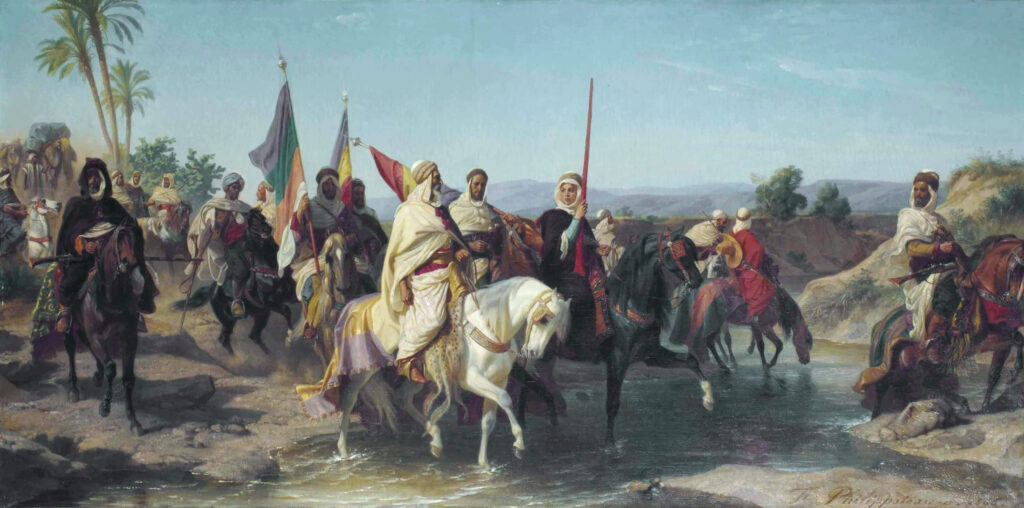
Lalla Fatma N’Soumer was born in 1830, the same year in which the French began their conquest of Algeria. She was from an influential family from an area called Kabylia in Northern Algeria. Strong-willed and determined from a young age, Fatma defied expectations of girls at the time and succeeded in gaining an education at her father’s madrassa (Islamic school). She became known for spending whole days in prayer and meditation, and her high level of education and spiritual dedication earned her the admiration and respect of the communities which she would later rely on as a freedom fighter and leader of the resistance forces.
Thanks to the mountainous landscape of Kabylia, French forces struggled to extend their control into the region, and the Kabyle resistance forged a formidable stronghold against the occupation forces. Fatma joined forces with resistance leaders like Sherif Boubaghla, later leading the resistance forces in Kabylia after Boubaghla’s death.
In 1854, Lalla Fatma led a force of 5000 resistance fighters armed with traditional weapons in an offensive against 8000 French soldiers fully armed with bayonets at the Battle of the Sebaou River. Thanks to her gift for strategy and her forces’ knowledge of the local terrain, they inflicted a stunning defeat against the larger foreign force and the French were forced to retreat. She was later captured by the French and lived in captivity for 6 years before dying at the age of only 33.
Given the Amazigh title of ‘Lalla’ as a sign of respect for her achievements, Fatma N’Soumer was also known as Lalla N’Ouerdja, a title from the Kabyle tradition given to young women who refuse to be limited by tradition and societal constraints.
Dr Saniya Habboub | 20th Century | Lebanon
A pioneering force in the medical community in the Middle East, Dr Saniya Habboub is remembered as one of the first female doctors in Lebanon and a fierce advocate for women’s education. Because she was unable, as a woman in the 1920s, to attend medical school in Beirut, Saniya enrolled at the Women’s Medical College in Pennsylvania. She graduated in 1931 and went on to specialise in gynaecology and obstetrics, becoming Lebanon’s first female doctor to study abroad.
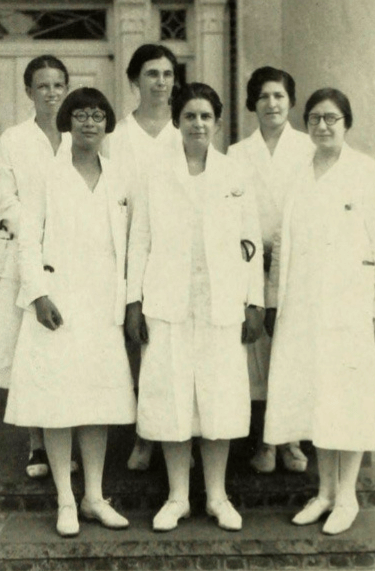
[Image: 1932 Yearbook, Women’s Medical College of Pennsylvania]
On her return to Lebanon, Dr Habboub founded a small clinic where she offered free medical care to women who could not afford treatment. She later worked with the Lebanese Red Cross and numerous other charities throughout her long career, and was awarded the Health Medal of Merit by the Lebanese government in 1982 in recognition of fifty years of service to the medical profession.
Throughout her life, she remained passionate about women’s education, determined that women of future generations should not face the same obstacles she encountered.
“When I meet a young university student entering the campus, her head raised, free of worries, … a great happiness rises in me … the “dream” has been realised. My girl, you are now where you should be, a normal, natural element of the university … You are no longer a subject of surprise, mockery, or shame; nor an unnatural event, a strange undomesticated bird isolated from the flock.
You will be if you want a doctor, a teacher, an engineer, a lawyer – like him. You will be an enlightened and educated woman capable of establishing a home, creating a society, and building a nation. Whether you will have a profession or not, you will be a cornerstone to modern society and you will walk hand in hand with the man as you are walking today at the university.”
Excerpts from an article by Dr Saniya Habboub, 1948
Translated from Arabic and republished in 1983 by An Nahar Newspaper
Malala of Maiwand | 19th Century | Afghanistan
You don’t need us to tell you what an inspiration Malala Yousafzai is, but do you know about another incredible Malala? Malala of Maiwand, also known as Malalai, was born in Kandahar province in Afghanistan in 1861, and became a national heroine. In fact, she is Malala Yousafzai’s namesake!
During the Second Anglo-Afghan War, when British forces were advancing across Afghanistan, Afghan forces made a stand at Maiwand in the summer of 1880. Malalai, at only 19 years old, accompanied her father and fiancé to the battle. As the legend goes, Malalai saw a flag-bearer fall in the melee, and the Afghan troops faltering. She ran into the fray, took his place and turned her veil into a flag, hoisting it like a standard, and cried out an Afghan folk song to encourage her countrymen. Malalai was killed in the battle, but was credited with inspiring the Afghan victory over the British and has been remembered ever since for her bravery.
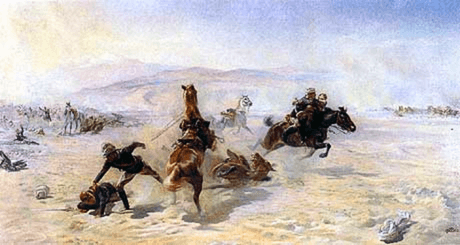
[Image: Wikimedia Commons]
Enheduanna | 23rd Century BCE | Akkadian Empire
Enheduanna has been celebrated as not only a highly influential female figure in Mesopotamian history, but also the earliest known named author in world history. Enheduanna was a high priestess in the ancient city of Ur during the Akkadian Empire, and is thought to be the earliest known named author anywhere in the world.
She lived during the 23rd Century BCE, and is thought to have written temple hymns dedicated to the moon god Inanna. She was such a big deal that she was immortalised by her contemporaries in beautiful stone carvings, like the Disk of Enheduanna.
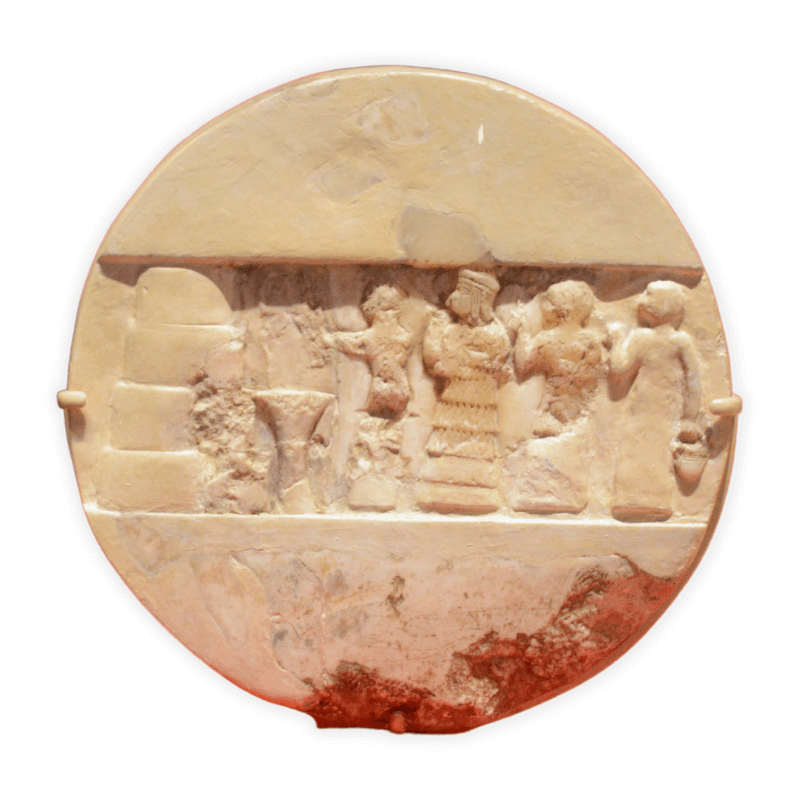
[Image: University of Pennsylvania Museum of Archaeology and Anthropology – Wikimedia Commons]
Lotfia Elnadi | 20th Century | Egypt
In 1930s Cairo, a young Lotfia Elnadi was fascinated by the idea of flying. Determined to learn to fly at any cost, she approached a journalist for help and later went directly to the head of EgyptAir, securing herself a job as a secretary at the aviation school for the new airline. She used her wages to buy flying lessons, sometimes only 5 minutes long if that was all she could afford. She became known for sneaking into planes on test flights to gain extra experience, and even had to modify cockpit pedals and seats of the planes she flew to account for her height.
In 1933, her tenacity paid off, and she was awarded her pilot’s licence. Her licence number was 34 – only 33 other Egyptians had made it through pilot training, and she was the first woman not only in Egypt, but in all of Africa, to do so.
But Lotfia was not done yet. In 1933, she entered an international air race between Cairo and Alexandria and beat 32 male competitors to victory, making headlines around the world. There’s no question that Lotfia knew exactly how symbolic her efforts were – even in her 90s, she remembered the words her flight instructor said to her during her pilot training: “Be patient. If you have a crash, no other woman will try.” A pioneer in aviation and a boundary-breaker, Lotfia Elnadi was the second woman in the world to ever fly solo, beaten only by Amelia Earhart.
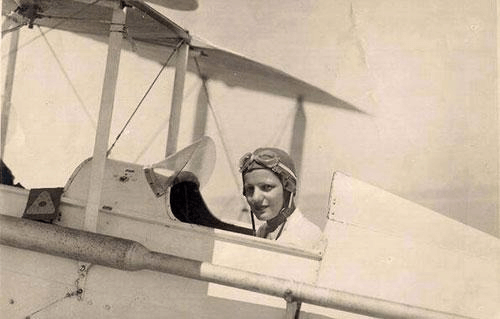
[Image: Al Ahram]
Mama Hatun | 12th Century | Anatolia
Mama Hatun, or Melike Mama Hatun, ruled the Saltuqids, an Anatolian dynasty, from 1191 until 1200. She controlled a considerable territory in the area which is now Turkey. Mama Hatun was so renowned as a successful leader that the town of Tercan, her centre of power, is also known as Mama Hatun in her honour, even more than 800 years after her death!
Mama Hatun is also remembered for a prolific list of construction projects built on her orders – she organised the building of schools, mosques, hammams and caravanserais across her lands, many of which still stand today. She was such a formidable ruler that she earned herself a lasting place in Turkish folklore, and to this day, women from the area surrounding Tercan still take their daughters to visit her tomb.
May you be surrounded by strong, wonderful women this month and every month! We’d love to hear about your personal female heroes – who would you include on your list? Of course, this article barely scratches the surface, so for even more fabulous, boundary-breaking women, why not learn about Dihya, the formidable 7th Century Amazigh warrior, or see our article about ten incredible Yemeni women making waves in the modern-day in journalism, activism, photography, music and even paleoanthropology!
If you liked this article, you may also enjoy:
#GIRLBOSS: 7 Arab Women Changing Their Industries And The World
Emotion and Tradition — The World of Bedouin Women’s Poetry
Halah Hamrani: The Saudi Boxing Instructor Teaching Women To ‘Fight Like A Girl’






